|
Your search criteria found 582 images Target is Jupiter |
| My List |
Addition Date | Target |
Mission
|
Instrument | Size |

|
1998-12-07 | Jupiter |
Galileo |
Solid-State Imaging |
900x900x3 |
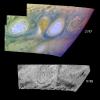
|
|||||

|
1999-03-18 | Jupiter |
Galileo |
Solid-State Imaging |
640x485x1 |
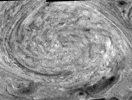
|
|
||||

|
1999-04-15 | Jupiter |
Galileo |
Solid-State Imaging |
640x485x1 |
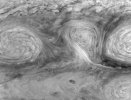
|
|
||||

|
1999-08-27 | Jupiter |
Galileo |
Solid-State Imaging |
1300x1200x3 |
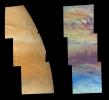
|
|||||

|
1999-08-27 | Jupiter |
Galileo |
Solid-State Imaging |
2200x1200x3 |
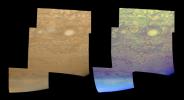
|
|||||

|
2000-10-26 | Jupiter |
Galileo |
Near Infrared Mapping Spectrometer |
2769x1542x3 |
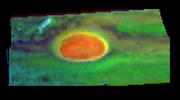
|
|||||

|
2000-09-25 | Jupiter |
Galileo |
Solid-State Imaging |
4306x3306x3 |
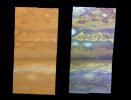
|
|||||

|
2011-03-31 | Jupiter |
Galileo |
2610x4104x3 | |

|
|||||

|
1998-10-14 | Jupiter |
Galileo Hubble Space Telescope |
850x950x3 | |

|
|||||

|
2002-10-08 | Jupiter |
Galileo Hubble Space Telescope IRTF |
WFPC2 |
650x300x3 |
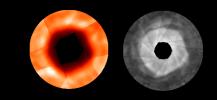
|
|||||

|
2015-09-15 | Jupiter |
Galileo Voyager |
1700x956x3 | |
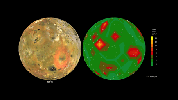
|
|||||

|
2013-04-23 | Jupiter |
Herschel Space Observatory |
PACS |
1765x1716x3 |
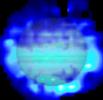
|
|||||

|
1998-05-02 | Jupiter |
Hubble Space Telescope |
WFPC2 |
795x900x3 |

|
|||||

|
1998-05-02 | Jupiter |
Hubble Space Telescope |
WFPC2 |
1152x860x3 |
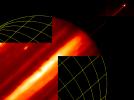
|
|||||

|
1998-05-02 | Jupiter |
Hubble Space Telescope |
WFPC2 |
720x900x3 |

|
|||||

|
1998-05-02 | Jupiter |
Hubble Space Telescope |
WFPC2 |
2069x2489x3 |

|
|||||

|
1998-05-02 | Jupiter |
Hubble Space Telescope |
WFPC2 |
720x600x1 |
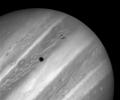
|
|||||

|
1998-05-02 | Jupiter |
Hubble Space Telescope |
WFPC2 |
850x490x3 |
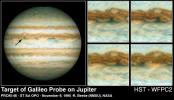
|
|||||

|
1998-05-02 | Jupiter |
Hubble Space Telescope |
WFPC2 |
800x600x3 |
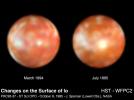
|
|||||

|
1998-05-02 | Jupiter |
Hubble Space Telescope |
WFPC2 |
600x700x3 |

|
|||||

|
1998-05-02 | Jupiter |
Hubble Space Telescope |
WFPC2 |
800x800x3 |
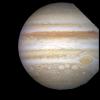
|
|||||

|
1998-05-02 | Jupiter |
Hubble Space Telescope |
WFPC2 |
750x700x3 |
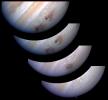
|
|||||

|
1998-05-02 | Jupiter |
Hubble Space Telescope |
WFPC2 |
830x568x3 |
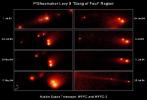
|
|||||

|
1998-05-02 | Jupiter |
Hubble Space Telescope |
WFPC2 |
800x600x1 |
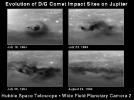
|
|||||

|
1998-05-02 | Jupiter |
Hubble Space Telescope |
WFPC2 |
600x854x1 |

|
|||||

|
1998-05-02 | Jupiter |
Hubble Space Telescope |
WFPC2 |
800x600x3 |
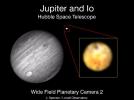
|
|||||

|
1999-05-21 | Io |
Hubble Space Telescope |
WFPC2 |
3000x1930x3 |
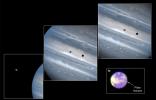
|
|||||

|
1999-08-24 | Jupiter |
Hubble Space Telescope |
WFPC2 |
2401x2870x3 |

|
|||||

|
1999-08-24 | Jupiter |
Hubble Space Telescope |
WFPC2 |
718x716x3 |
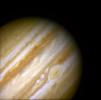
|
|||||

|
1999-08-24 | Jupiter |
Hubble Space Telescope |
WFPC2 |
321x321x3 |
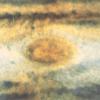
|
|||||

|
1999-08-24 | Jupiter |
Hubble Space Telescope |
WFPC2 |
321x321x3 |
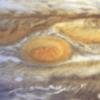
|
|||||

|
1999-08-24 | Jupiter |
Hubble Space Telescope |
WFPC2 |
321x321x3 |
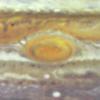
|
|||||

|
1999-08-24 | Jupiter |
Hubble Space Telescope |
WFPC2 |
321x321x3 |
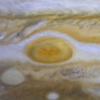
|
|||||

|
1999-08-24 | Jupiter |
Hubble Space Telescope |
WFPC2 |
321x321x3 |
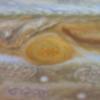
|
|||||

|
1999-08-24 | Jupiter |
Hubble Space Telescope |
WFPC2 |
321x321x3 |
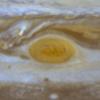
|
|||||

|
1999-08-24 | Jupiter |
Hubble Space Telescope |
WFPC2 |
321x321x3 |
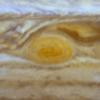
|
|||||

|
1999-08-24 | Jupiter |
Hubble Space Telescope |
WFPC2 |
321x321x3 |
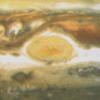
|
|||||

|
2000-10-23 | Jupiter |
Hubble Space Telescope |
WFPC2 |
693x485x1 |
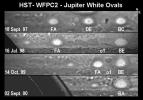
|
|||||

|
2001-07-21 | Jupiter |
Hubble Space Telescope |
WFPC2 |
752x417x3 |

|
|||||

|
2008-01-25 | Jupiter |
Hubble Space Telescope |
Visible Light |
2000x2682x3 |

|
|||||

|
2013-04-23 | Jupiter |
Hubble Space Telescope |
Hubble Space Telescope |
1536x2048x3 |

|
|||||

|
2015-10-13 | Jupiter |
Hubble Space Telescope |
WFPC3 |
3600x1596x3 |
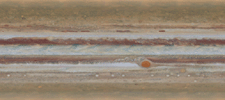
|
|||||

|
2015-10-13 | Jupiter |
Hubble Space Telescope |
WFPC3 |
900x536x3 |
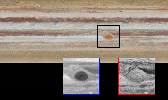
|
|||||

|
2015-10-13 | Jupiter |
Hubble Space Telescope |
WFPC3 |
1798x446x3 |

|
|||||

|
2010-03-16 | Jupiter |
Hubble Space Telescope Spitzer Space Telescope Very Large Space Telescope (VLT) |
Hubble Space Telescope VLT |
469x566x3 |

|
|||||

|
2011-01-26 | Jupiter |
IRTF |
Infrared Telescope |
5000x2317x3 |
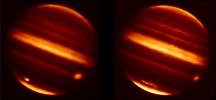
|
|||||

|
2011-01-26 | Jupiter |
IRTF |
Visible Light Camera Gemini North Telescope Hubble Space Telescope VLT |
1202x1200x3 |
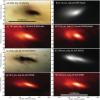
|
|||||

|
2012-10-17 | Jupiter |
IRTF |
Infrared Telescope |
720x541x3 |
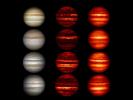
|
|||||

|
2012-10-17 | Jupiter |
IRTF |
Infrared Telescope |
603x326x1 |
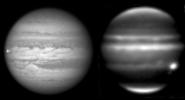
|
|||||

|
2015-07-07 | Jupiter |
IRTF Juno |
Infrared Telescope |
365x350x3 |

|
|||||

|
2011-08-03 | Jupiter |
Juno |
1150x962x3 | |
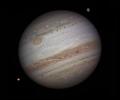
|
|||||

|
2011-08-03 | Jupiter |
Juno |
700x700x3 | |
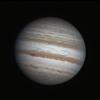
|
|||||

|
2018-06-14 | Jupiter |
Juno |
JunoCam |
4424x1444x3 |

|
|||||

|
2016-06-24 | Jupiter |
Juno |
JunoCam |
1075x570x3 |
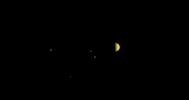
|
|||||

|
2016-06-30 | Jupiter |
Juno |
JunoCam |
1168x660x3 |
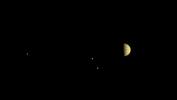
|
|||||

|
2016-07-04 | Jupiter |
Juno |
JunoCam |
1092x573x3 |
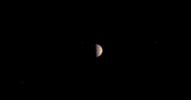
|
|||||

|
2016-07-12 | Jupiter |
Juno |
JunoCam |
1045x555x3 |
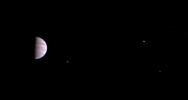
|
|||||

|
2016-08-25 | Jupiter |
Juno |
JunoCam |
937x558x3 |
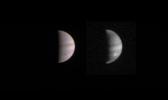
|
|||||

|
2016-08-27 | Jupiter |
Juno |
JunoCam |
831x1107x3 |

|
|||||

|
2016-09-02 | Jupiter |
Juno |
JunoCam |
1200x1200x3 |
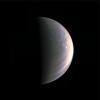
|
|||||

|
2016-09-02 | Jupiter |
Juno |
JunoCam |
3642x2380x3 |
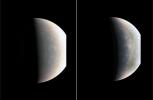
|
|||||

|
2016-09-02 | Jupiter |
Juno |
JunoCam |
1816x2380x3 |

|
|||||

|
2016-09-02 | Jupiter |
Juno |
JIRAM |
822x733x3 |
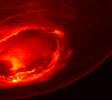
|
|||||

|
2016-09-02 | Jupiter |
Juno |
JunoCam |
1068x764x3 |
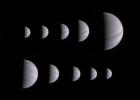
|
|||||

|
2016-09-02 | Jupiter |
Juno |
JunoCam |
1262x1760x1 |

|
|||||

|
2016-09-02 | Jupiter |
Juno |
JIRAM |
1155x613x3 |
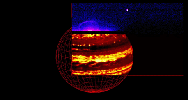
|
|||||

|
2016-09-02 | Jupiter |
Juno |
Waves |
1157x609x3 |
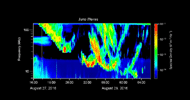
|
|||||

|
2016-10-19 | Jupiter |
Juno |
Microwave Radiometer (MWR) |
648x610x3 |
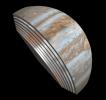
|
|||||

|
2016-10-19 | Jupiter |
Juno |
JunoCam |
1228x506x3 |
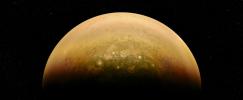
|
|||||

|
2016-12-14 | Jupiter |
Juno |
JunoCam |
1060x1600x3 |

|
|||||

|
2017-01-13 | Jupiter |
Juno |
JunoCam |
825x1206x3 |

|
|||||

|
2017-01-19 | Jupiter |
Juno |
JunoCam |
782x622x3 |
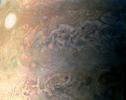
|
|||||

|
2017-01-25 | Jupiter |
Juno |
JunoCam |
1338x2597x3 |

|
|||||

|
2017-02-01 | Jupiter |
Juno |
JunoCam |
600x600x3 |
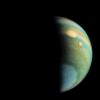
|
|||||

|
2017-02-04 | Jupiter |
Juno |
JunoCam |
1600x1600x3 |
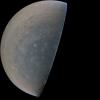
|
|||||

|
2017-02-08 | Jupiter |
Juno |
JunoCam |
1425x1869x3 |

|
|||||

|
2017-02-17 | Jupiter |
Juno |
JunoCam |
1510x806x3 |
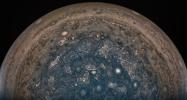
|
|||||

|
2017-02-24 | Jupiter |
Juno |
JunoCam |
1568x1097x3 |
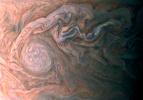
|
|||||

|
2017-03-01 | Jupiter |
Juno |
JunoCam |
796x846x3 |

|
|||||

|
2017-03-08 | Jupiter |
Juno |
JunoCam |
1920x1080x3 |
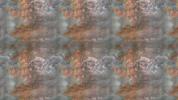
|
|||||

|
2017-03-24 | Jupiter |
Juno |
JunoCam |
1790x1627x3 |
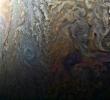
|
|||||

|
2017-03-30 | Jupiter |
Juno |
JunoCam |
1200x936x3 |
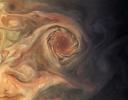
|
|||||

|
2017-04-06 | Jupiter |
Juno |
JunoCam |
2178x1760x3 |
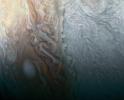
|
|||||

|
2017-04-19 | Jupiter |
Juno |
JunoCam |
1620x1200x3 |
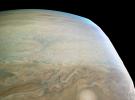
|
|||||

|
2017-05-05 | Jupiter |
Juno |
JunoCam |
1225x1837x3 |

|
|||||

|
2017-05-18 | Jupiter |
Juno |
JunoCam |
1620x1200x3 |
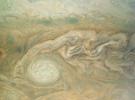
|
|||||

|
2017-05-25 | Jupiter |
Juno |
JunoCam |
2646x3395x3 |

|
|||||

|
2017-05-25 | Jupiter |
Juno |
Microwave Radiometer |
6144x3375x3 |
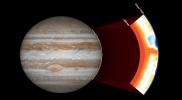
|
|||||

|
2017-05-25 | Jupiter |
Juno |
Stellar Reference Unit (SRU-1) |
512x512x1 |
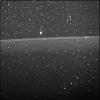
|
|||||

|
2017-05-25 | Jupiter |
Juno |
Ultraviolet Spectrograph |
801x801x3 |
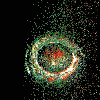
|
|||||

|
2017-05-25 | Jupiter |
Juno |
JunoCam |
23520x4320x3 |

|
|||||

|
2017-05-25 | Jupiter |
Juno |
JunoCam |
1800x4500x3 |
|
|
|||||

|
2017-05-25 | Jupiter |
Juno |
JunoCam |
1722x4000x3 |
|
|
|||||

|
2017-06-15 | Jupiter |
Juno |
JunoCam |
1722x4000x3 |
|
|
|||||

|
2017-06-22 | Jupiter |
Juno |
JunoCam |
1722x1722x3 |
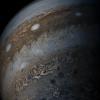
|
|||||

|
2017-06-29 | Jupiter |
Juno |
JunoCam |
4200x4200x3 |
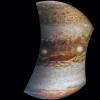
|
|||||

|
2017-06-30 | Jupiter |
Juno |
Near-InfraRed Imager (NIRI) |
965x965x3 |
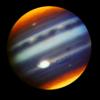
|
|||||

|
2017-06-30 | Jupiter |
Juno |
Subaru Telescope |
392x440x3 |

|
|||||

|
2017-06-30 | Jupiter |
Juno |
Subaru Telescope |
1400x788x3 |
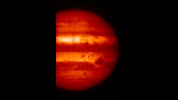
|
|||||

|
2017-07-11 | Jupiter |
Juno |
1180x1081x3 | |
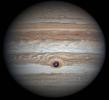
|
|||||

|
 |
 |
 |
 |
 |
 |

|
| 1-100 | 101-200 | 201-300 | 301-400 | 401-500 | 501-600 |
| Currently displaying images: 201 - 300 of 582 |